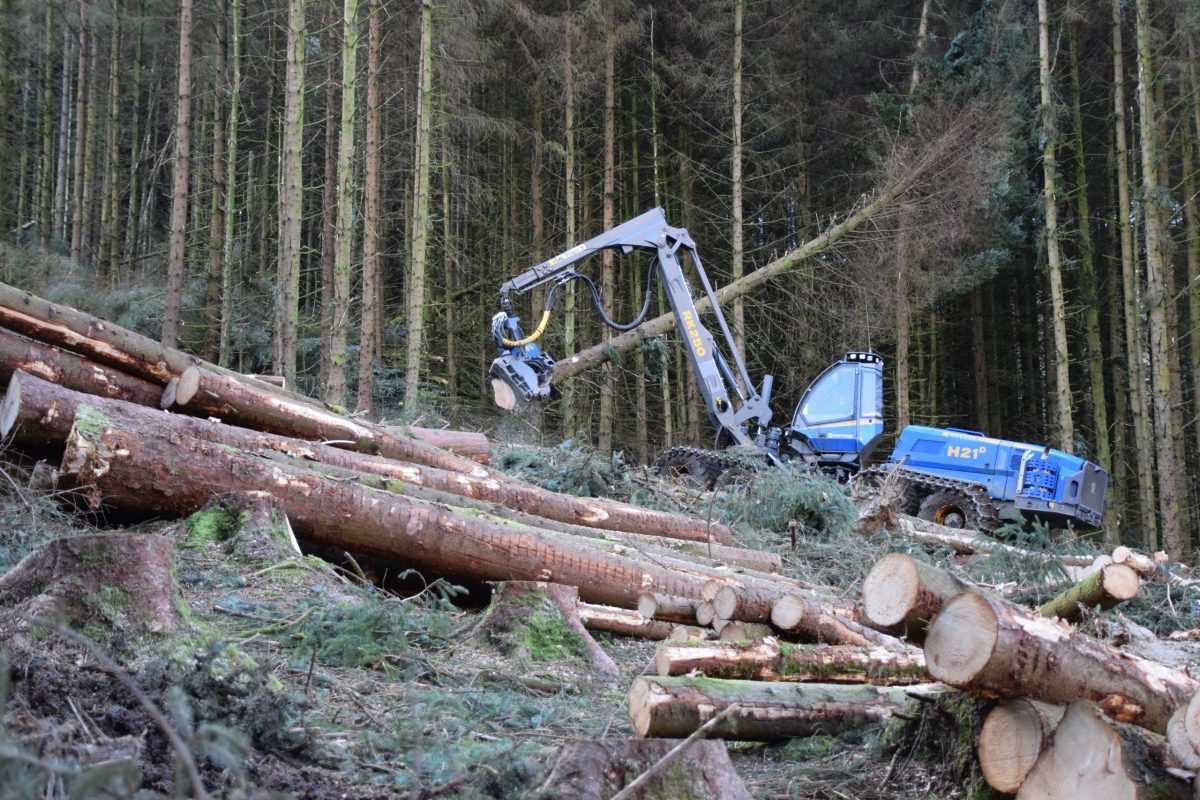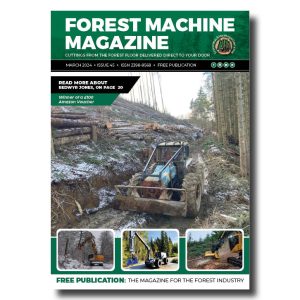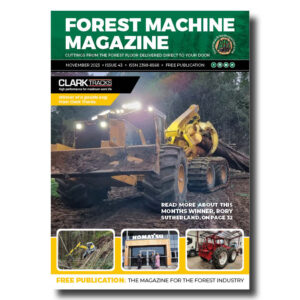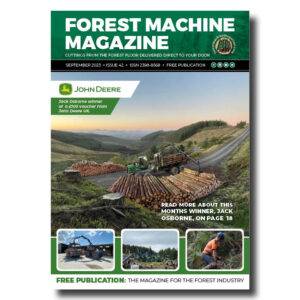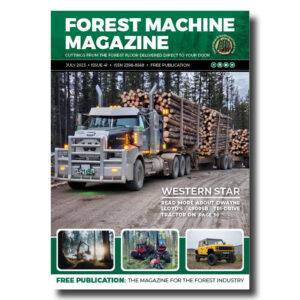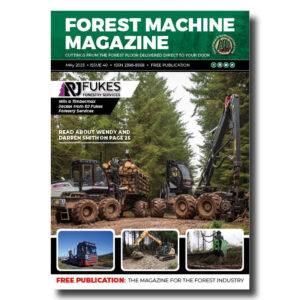The UK forestry sector is facing a critical situation as timber stocks continue to accumulate at roadsides, leaving contractors stretched to their limits. The challenge is becoming increasingly urgent, and the need for answers has never been greater.
UK Forestry-The operator training program initiated by Jim Wilmer and Sons Timber Harvesting has encountered challenges. This stagnation appears to be primarily due to insufficient support from the industry and the prevailing conditions within the forestry sector.
I reached out to Jim Wilmer to gather his perspectives and discovered that the forestry situation is significantly more critical than I initially anticipated. This issue extends beyond Jim and affects numerous contractors throughout the UK operating within the forestry sector.

-
That’s a remarkable amount of work hours for a single machine, the Norcar 600 owned by Erkki Rinne is taken well care of, it even has the original Diesel engine.
-
Kieran Anders is a forestry contractor working in the lake district. His work involves hand cutting and extracting timber using a skidder and tractor-trailer forwarder.
-
It is not possible to eliminate chain shot, but there are simple steps that can be taken to reduce the risk.
-
Arwel takes great pride in the fact that the mill has no waste whatsoever, “the peelings are used for children’s playgrounds, gardens and for farm animals in barns in the winter and the sawdust has multiple uses in gardens and farms as well.
-
Timber hauliers need to encourage young blood in, and also look after the hauliers we have, we need make the sector a safe and positive place to work.
FIND US ON
Related Posts
Jim expressed disappointment regarding the lack of Industry support for his training program. In total, nine operators were trained at considerable financial and time expense to his company. He extended invitations to various timber merchants and management companies to observe his initiative; unfortunately, only one responded.
Jim elaborated on the current situation regarding the sawmills, which are experiencing excessive stock levels. This oversupply is impacting numerous timber harvesting contractors. At present, Jim has approximately £1 million worth of timber positioned at roadside locations across the harvesting sites he oversees in southern and central Scotland. With ongoing expenses such as machinery payments, fuel costs, and salaries for operators and other staff, this financial situation is entirely unsustainable going forward.
The implications for cash flow are significant, and an additional challenge is the extended duration required to realise revenue; it may take up to three months from the time the timber is removed from the roadside until payment is made.
In the United Kingdom, the majority of merchants, mills, and harvesting companies continue to operate on a load-away system, wherein contractors are paid based on the tonnage of timber at the weighbridge.
The situation described can work when there is high demand for timber; however, during periods of industry slowdown, it is the contractor who ultimately bears the financial burden. Freshly felled spruce that is stacked and left to season at the roadside can experience a weight loss of up to 30%. Consequently, if the harvesting contract stipulates a price of £18.00 per tonne, after a few months of being stacked at roadside, the effective value may drop to approximately £12.60 per tonne.
In many Nordic countries and across Europe, it is customary for contractors to be paid based on the cubic meter (m³) of wood harvested. This method is regarded as a fairer approach, as it ensures that contractors receive payment equivalent to the volume of wood, regardless of whether it is green or dry.
The m³ system is fair, as the contractor has satisfied the terms of his contract by placing the wood at the roadside, and is paid accordingly.
This change would mean that contractors could be paid for their timber at the roadside, as they have fulfilled their part of the agreement, and it is the end user’s responsibility to organise collection.
This situation prompted a thorough reflection on the overall state of forestry in the United Kingdom, as well as a close examination of the management structure prevalent within this sector.
At present, we do not have personnel available to offer any kind of assistance or guidance, and there is a deficiency in suitable training facilities.
The forestry sector requires the entry of approximately 600 individuals annually to adequately address the forthcoming vacancies that are expected to arise in all sectors of the industry.
There appears to be a disconnect between frontline forestry workers and the larger organisations such as CONFOR and FISA, which seem to prioritise financial gain while offering limited support to those directly engaged in forestry operations.
In October 2024, I reached out to Richard Hunter to discuss potential initiatives that CONFOR could undertake regarding training, as there were currently over 40 vacancies for machine operators. I received this reply
“To help tackle this shortfall CONFOR has created a new company called Forestry Training Service UK with the aim of bringing together the successes you mentioned at the Barony but without the college bureaucracy that comes with it.”
“The FTS UK aim is to fill the gaps that other training providers struggle with such as FMO due to the high costs of running machinery etc. We have secured 80% of the funding needed to get the company underway and hope to have the remaining 20% just before Christmas.”
Nearly one year has passed, and I have yet to hear of any worthwhile initiatives taking place.
Harvesting
In 2024, the total timber harvested amounted to 10.7 million tonnes, which included 9.9 million tonnes of softwoods and 0.8 million tonnes of hardwoods.
Over 80% of the timber we use is imported!
There appears to be a lack of concern from the UK Government.
Decreasing Forests
In recent years, England has lost 40,000ha of conifer plantations that have not been replanted, which is weakening the productive timber base.
Insufficient Tree Planting
Given the national goal to establish 30,000 hectares of new forestry each year, England has only planted 2,260 hectares, with just 270 hectares comprising commercial conifer species.
Scotland has not achieved several of its annual planting objectives. In the 2024/2025 period, the target was set at 18,000 hectares; however, only 8,470 hectares were successfully planted. This shortfall can be attributed primarily to budget reductions and a shortage of skilled labour.

Forecast
A government report indicates that the production of softwood in the United Kingdom is projected to reach its peak in the late 2030s; however, it is anticipated to decline back to current levels owing to resource limitations. This trend occurs despite an expected increase in demand resulting from a growing population.
Without a fundamental shift in perspective, we will increasingly depend on imported timber.
Timber harvesting in the United Kingdom is anticipated to encounter considerable challenges in the forthcoming months. There is an increasing concern among frontline workers, many of whom are contemplating permanent departure from the industry in favour of alternative employment opportunities.
Our industry is at a breaking point, as illustrated by the recent closure of a long-established professional timber haulage company. If necessary changes are not realised, many more businesses are likely to fail in the near future.

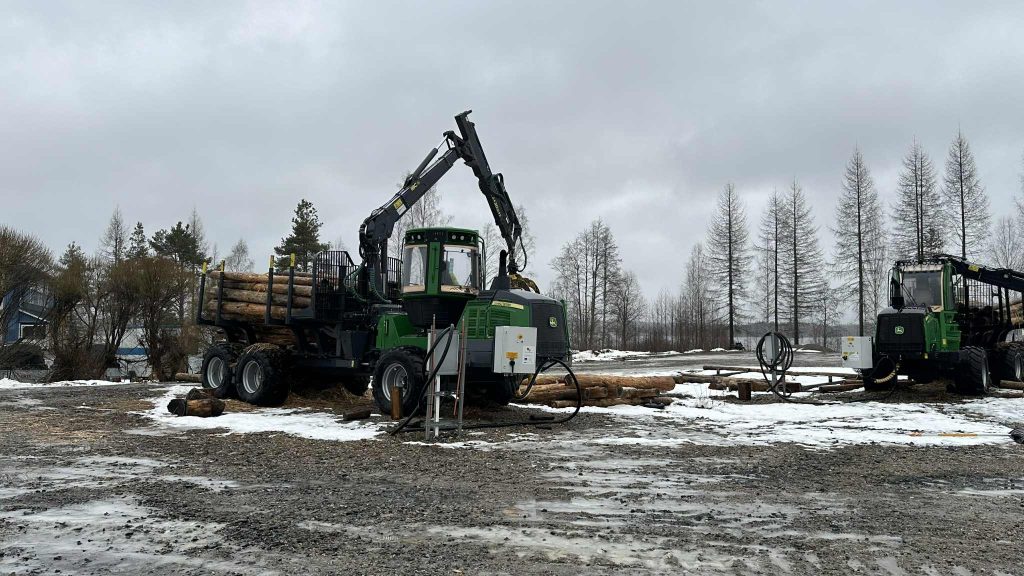
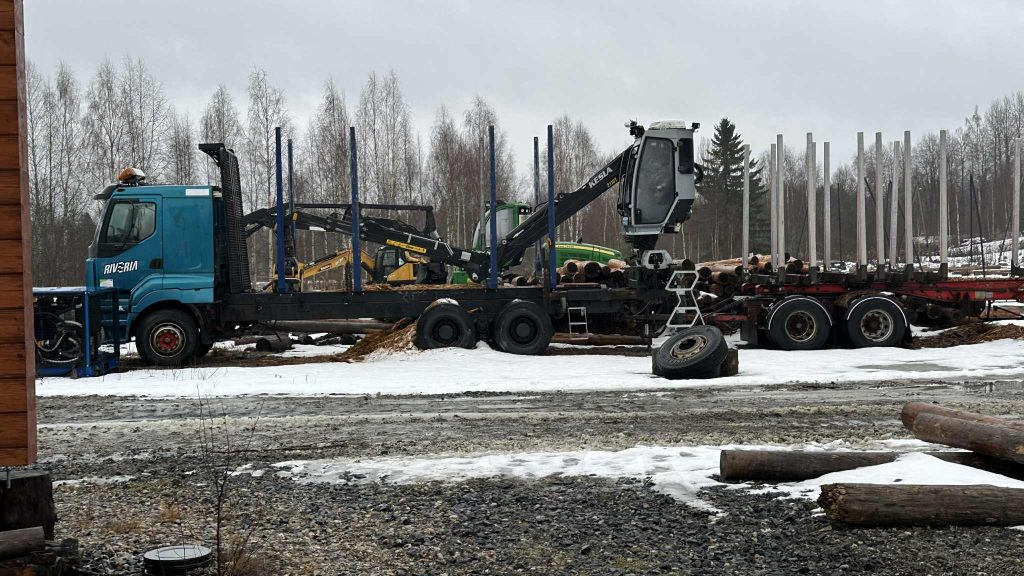
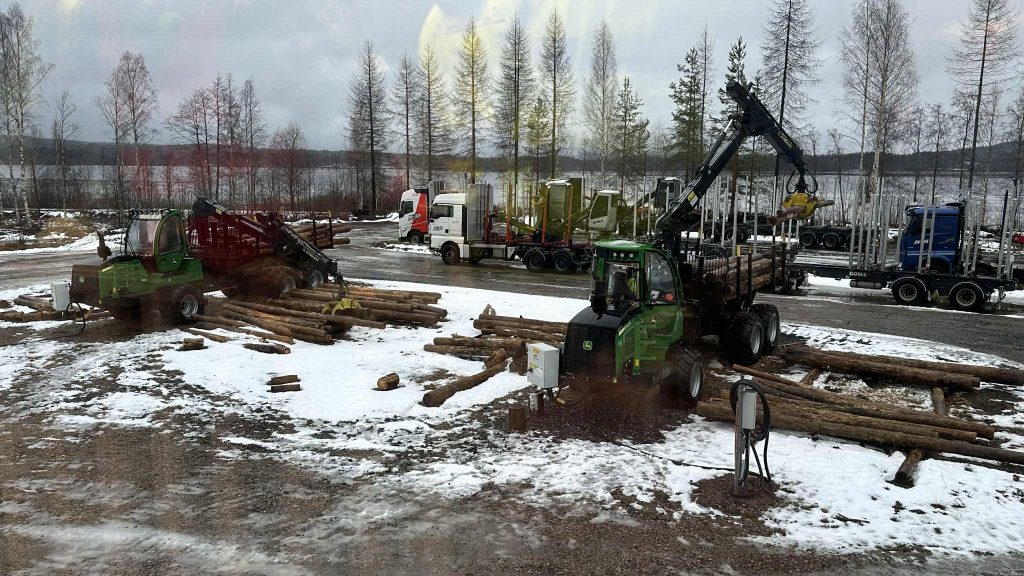
The implementation of recruitment and training initiatives is imperative. Given that this industry exceeds £2 billion and employs more than 40,000 individuals, it is crucial to invest strategically in order to secure its future.
The forests are essential for meeting our timber needs and contributing to overall well-being. According to recent data, 74% of the United Kingdom’s population has visited woodlands over the past few years, with approximately one-quarter of these individuals visiting multiple times each month.
A step in the right direction for harvesting contractors would involve transitioning to payments based on cubic meters (m³). They invest substantial resources in both equipment and personnel and seek neither handouts nor financial assistance; rather, they simply request prompt payments for the work that they have completed.
Sign up for our free monthly newsletter here
Contact forestmachinemagazine@mail.com to get your products and services seen on the world’s largest professional forestry online news network.
#homeoflogging #writtenbyloggersforloggers #loggingallovertheworld
Written by loggers for loggers and dedicated solely to the equipment used in forestry operations.

